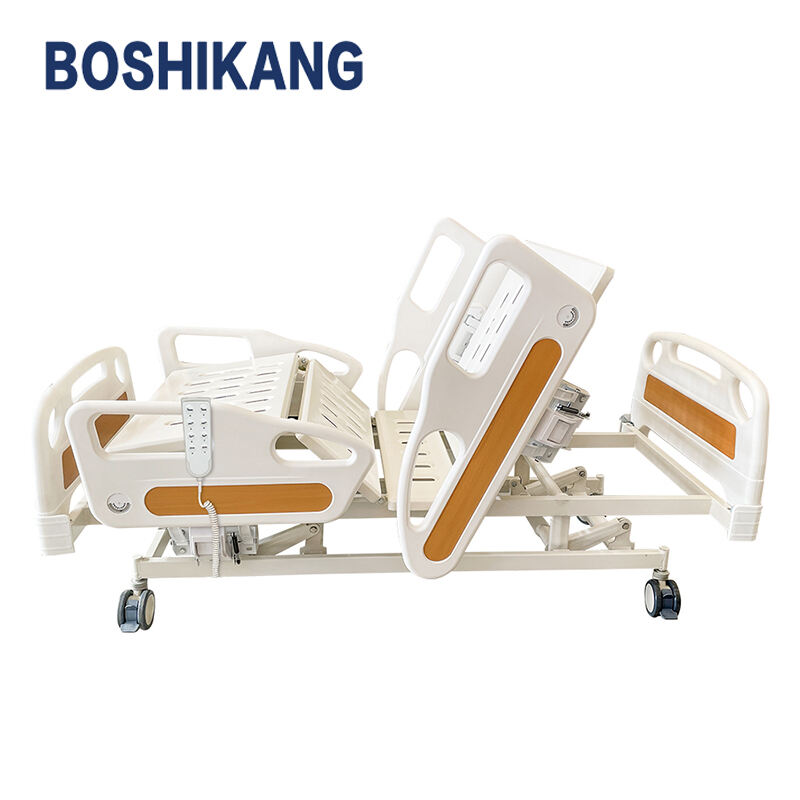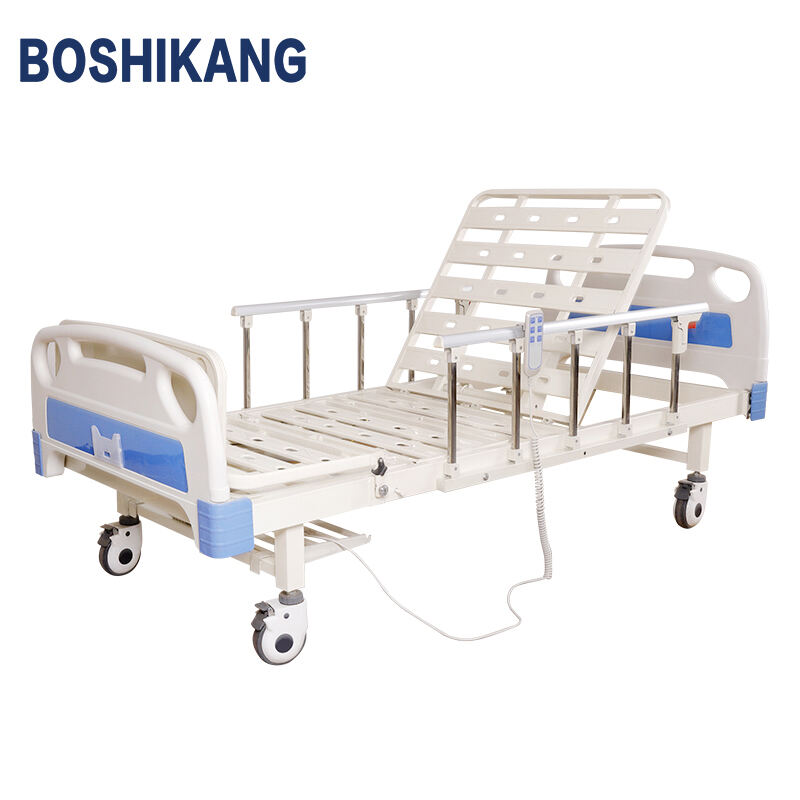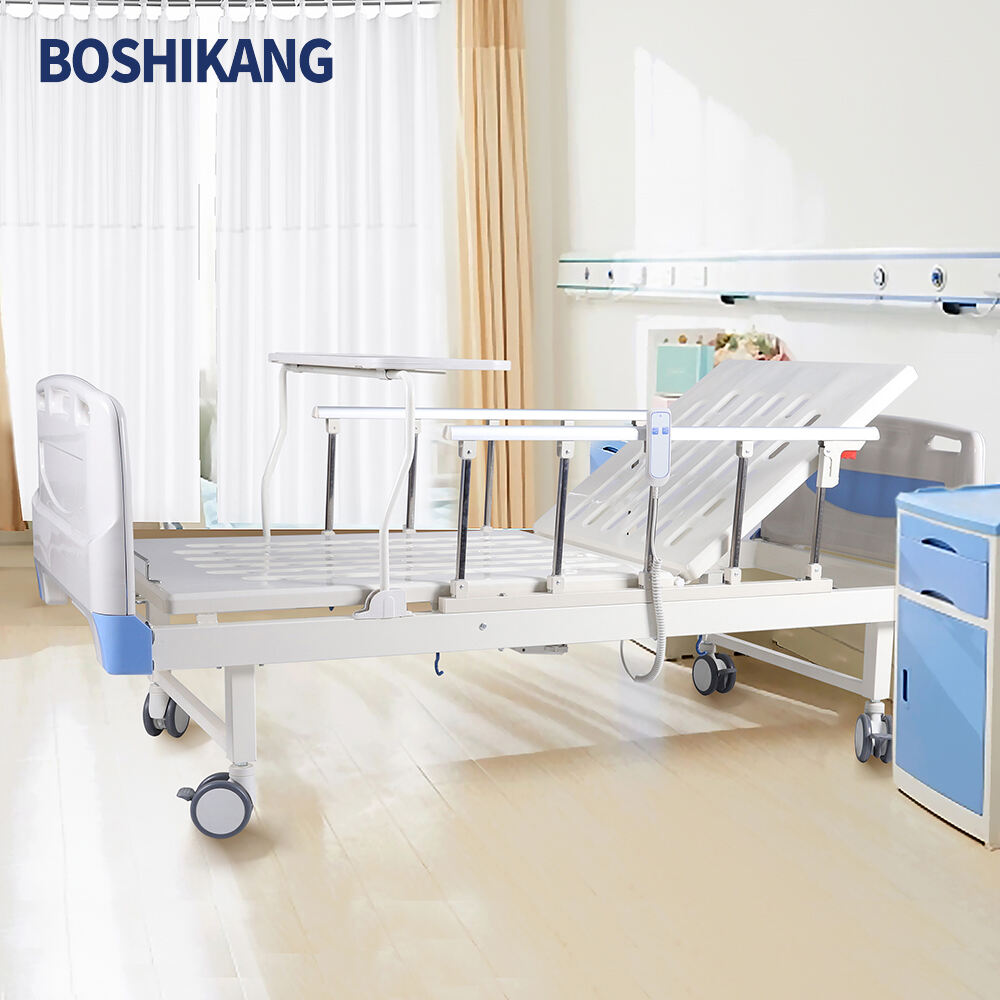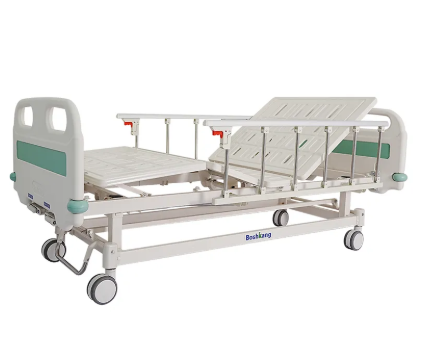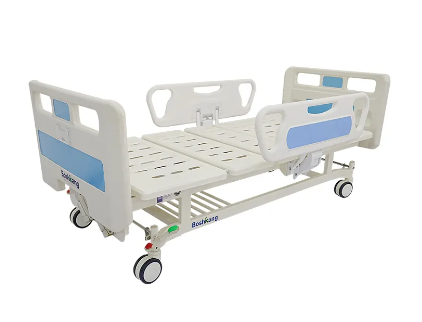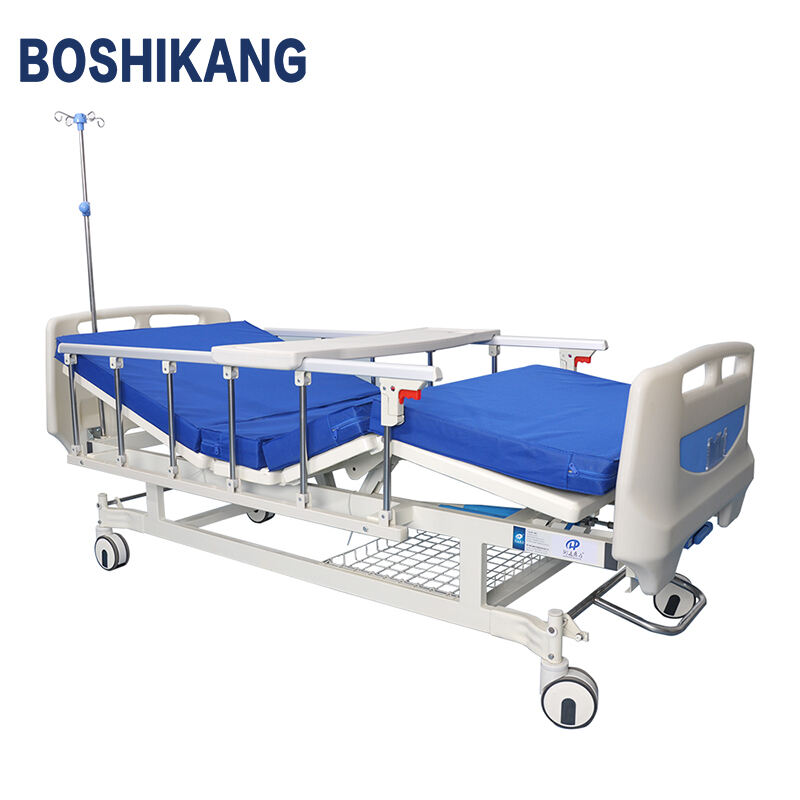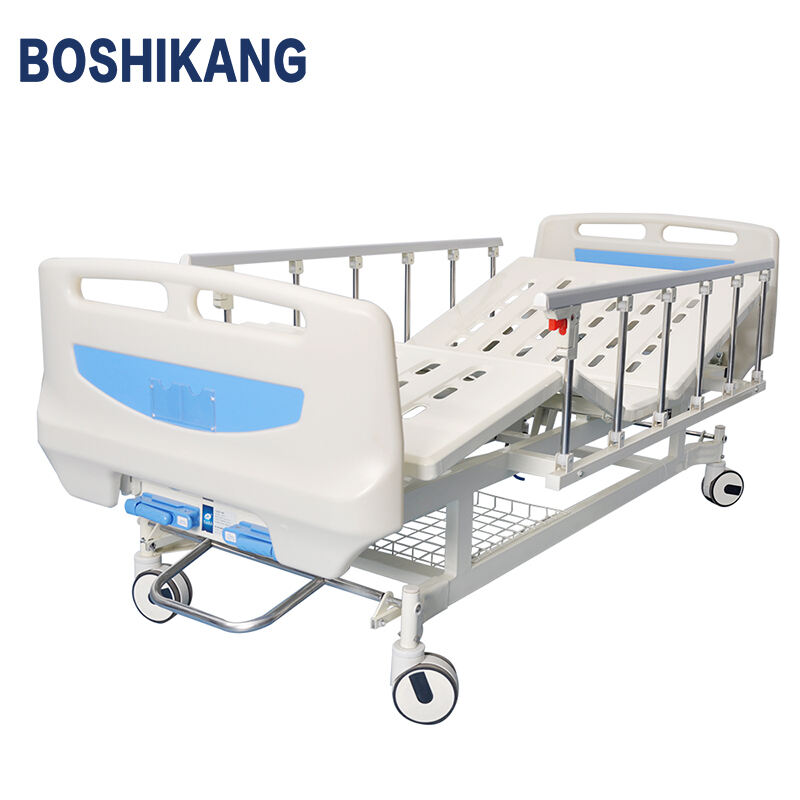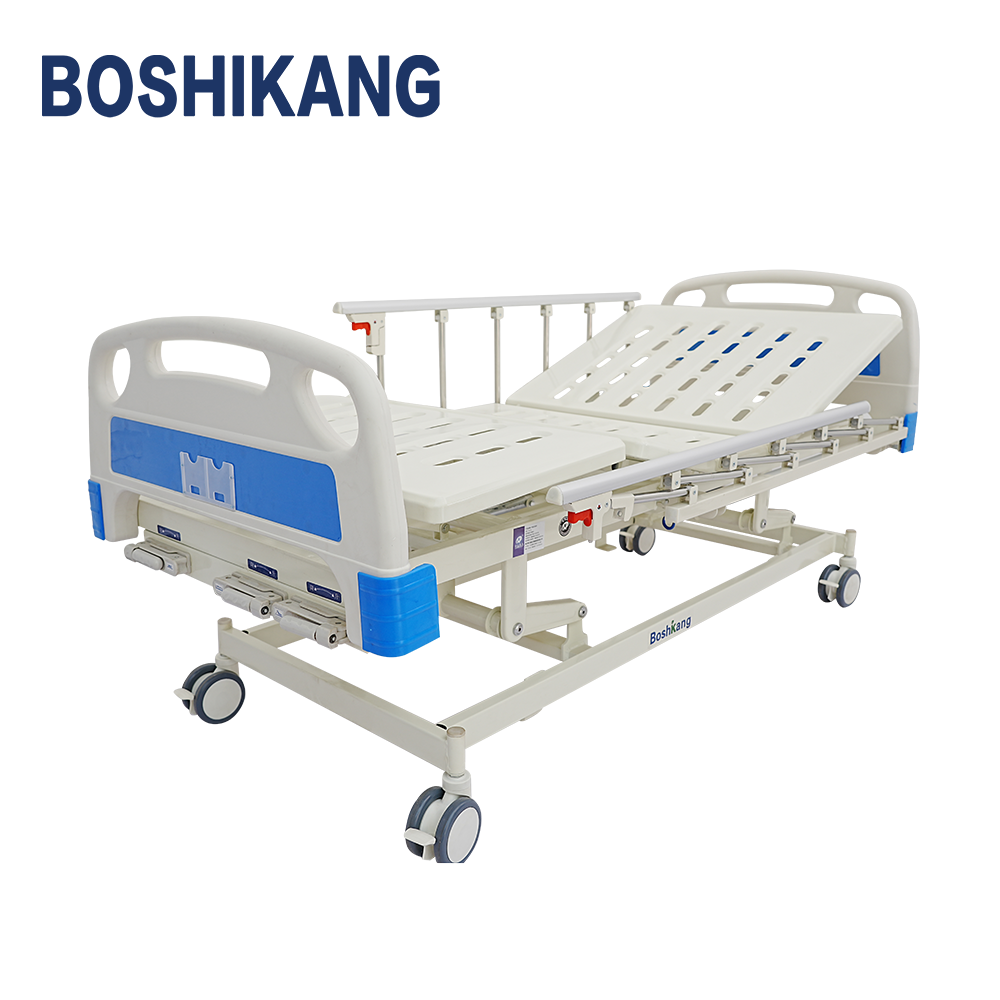manual patient bed
The manual patient bed represents a fundamental piece of medical equipment designed to provide comfort and facilitate patient care in healthcare settings. These beds feature adjustable components that can be modified through mechanical controls, typically operated by hand cranks or hydraulic systems. The bed's framework consists of a sturdy metal construction, supporting a multi-sectioned mattress platform that can be adjusted to various positions. Key functions include height adjustment, backrest elevation, knee break positioning, and Trendelenburg/reverse Trendelenburg positioning. The bed's side rails can be raised or lowered for patient safety and transfer purposes, while integrated wheels with locking mechanisms ensure stable positioning and easy transport. Most models include features such as IV pole holders, drainage bag hooks, and bumpers to protect both the bed and facility walls during movement. The mattress platform typically incorporates ventilation holes for air circulation and moisture management, while the head and foot boards are detachable for emergency procedures and easy cleaning. These beds are engineered to support various medical procedures while maintaining patient dignity and comfort, making them essential in hospitals, nursing homes, and long-term care facilities.


